New polls find Hillary Clinton maintaining narrow leads in the swing states
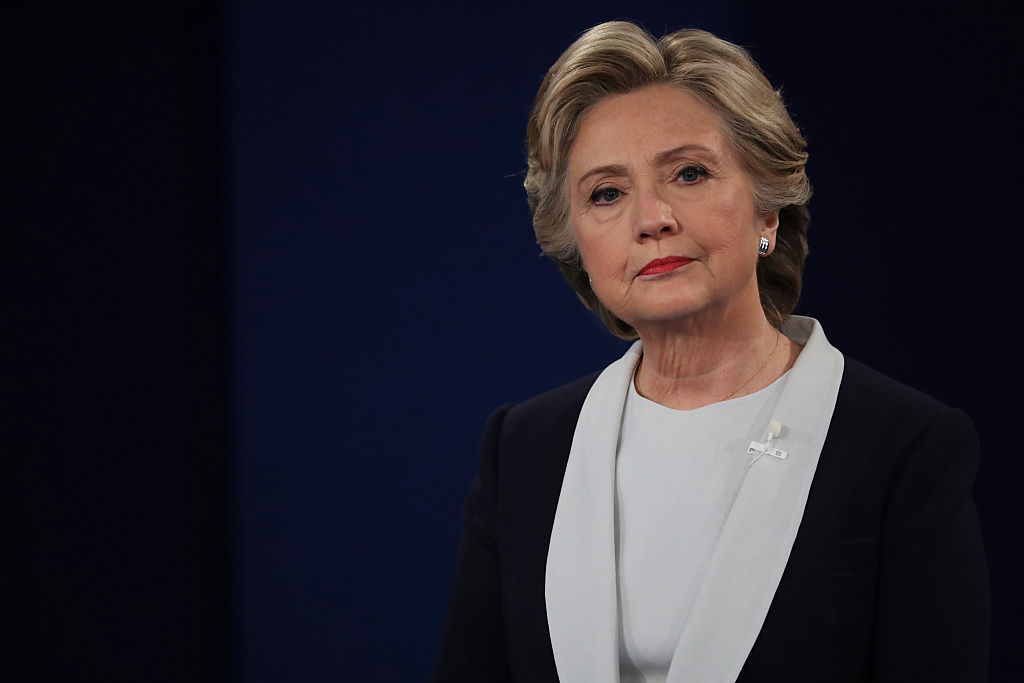
A new batch of state polls out Monday morning shows Hillary Clinton mostly ahead in several key swing states — but often by tight margins.
In Florida — the state upon which the presidential election could hinge — Quinnipiac University has Clinton at 46 percent and Trump 45 percent in the four-way race including Gary Johnson and Jill Stein. The phone survey polled 884 likely voters from Nov. 3-6 and has a margin of error of plus or minus 3.3 percentage points, while the RealClearPolitics polling average shows Clinton at 47 percent and Trump 46 percent in Florida.
In Nevada, Emerson College shows Clinton with 47 percent support to Trump's 46 percent in the four-way race. The phone survey of 600 likely voters was conducted Nov. 4-5, and has a margin of error of plus or minus 3.9 percentage points. The RealClearPolitics average shows Trump with a slim lead over Clinton in Nevada, with 46.5 percent to her 45 percent — but Nevada politics guru Jon Ralston predicts a Clinton win based on a wide lead of registered Democrats in the state's early voting, particularly the especially energized base of Latino voters against Trump.
The Week
Escape your echo chamber. Get the facts behind the news, plus analysis from multiple perspectives.

Sign up for The Week's Free Newsletters
From our morning news briefing to a weekly Good News Newsletter, get the best of The Week delivered directly to your inbox.
From our morning news briefing to a weekly Good News Newsletter, get the best of The Week delivered directly to your inbox.
In New Hampshire — New England's major swing state — Emerson College has Clinton at 45 percent and Trump at 44 percent. The phone survey of 1,000 likely voters was conducted from Nov. 4-5, and has a margin of error of 3 percentage points. That's a much tighter margin than the University of New Hampshire shows; that poll of 707 likely voters puts Clinton at 51 percent and Trump 40 percent. It was conducted over the phone from Nov. 3-6 and has a 3.7-point margin of error. The RealClearPolitics average of New Hampshire has Clinton at 43.3 percent and Trump at 42.7 percent.
In North Carolina, Quinnipiac University gives Clinton the edge with 47 percent to Trump's 45 percent, in a phone survey of 870 likely voters conducted from Nov. 3 to 6. The poll has a margin of error of plus or minus 3.3 percentage points. The RealClearPolitics average shows Trump leading Clinton, 47.5 percent to 45.8 percent; while President Obama won North Carolina by the slimmest of margins in 2008, Republican nominee Mitt Romney captured the state in 2012.
The major outlier of the swing states is Ohio, which looks to be the only large battleground in which Trump has a clear edge. Emerson College has Trump in the lead with 46 percent to Clinton's 39 percent, in a phone survey of 900 likely voters take from Nov. 4-5. The poll has a margin of error of plus or minus 3.2 percentage points. The RealClearPolitics average of the Buckeye State shows Trump with 45.8 percent, Clinton with 42.3 percent.
And in Virginia — home of Democratic vice presidential nominee Sen. Tim Kaine — Christopher Newport University shows Clinton polling at 48 percent to Trump's 42 percent. The phone survey of 1,193 likely voters was conducted from Nov. 1-6, and has a margin of error of plus or minus 3.6 percentage points. The RealClearPolitics average puts Clinton at 47.3 percent and Trump at 42.3 percent in Virginia.
A free daily email with the biggest news stories of the day – and the best features from TheWeek.com
-
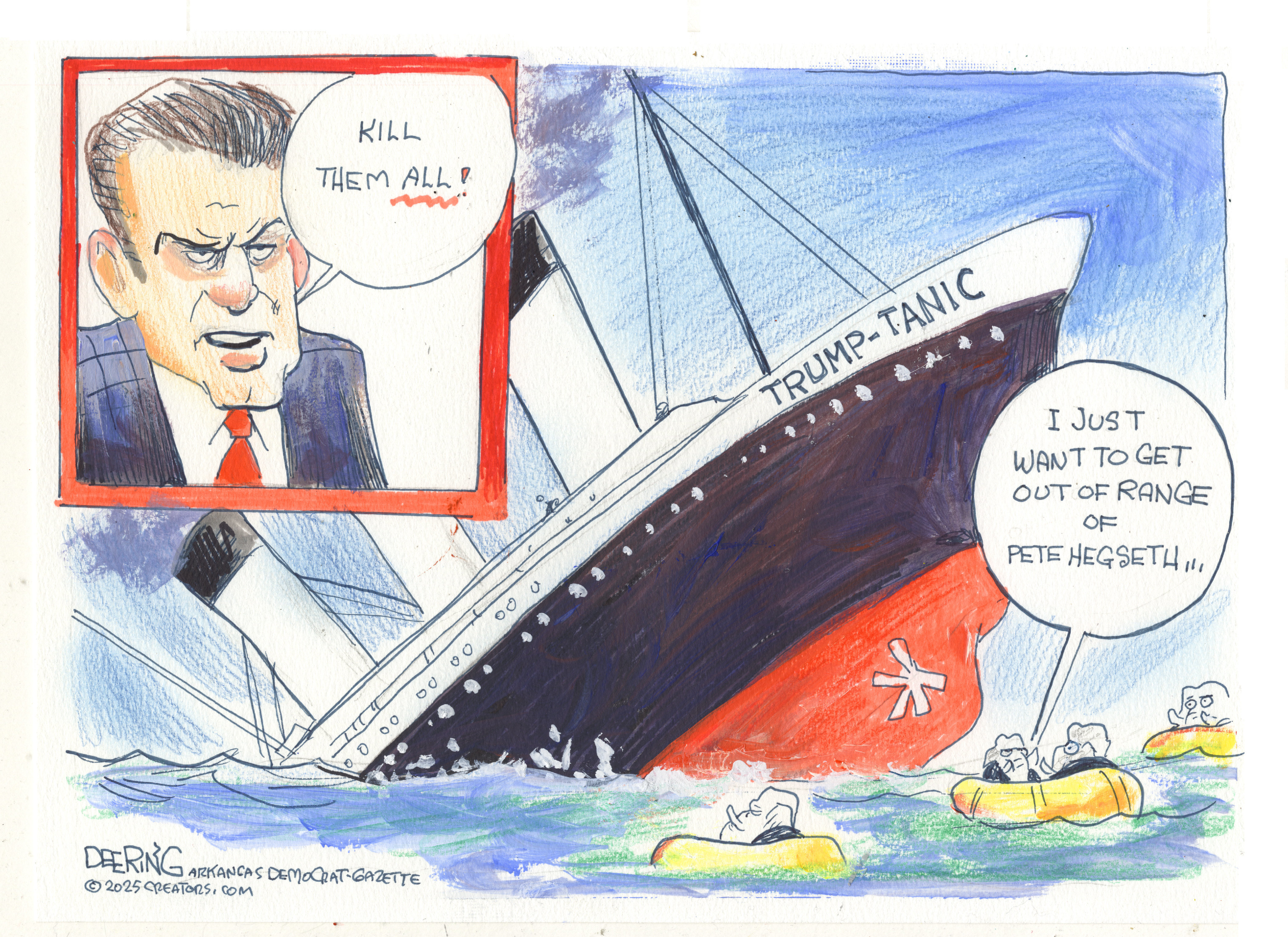 Political cartoons for December 7
Political cartoons for December 7Cartoons Sunday’s political cartoons include the Trump-tanic, AI Santa, and the search for a moderate Republican
-
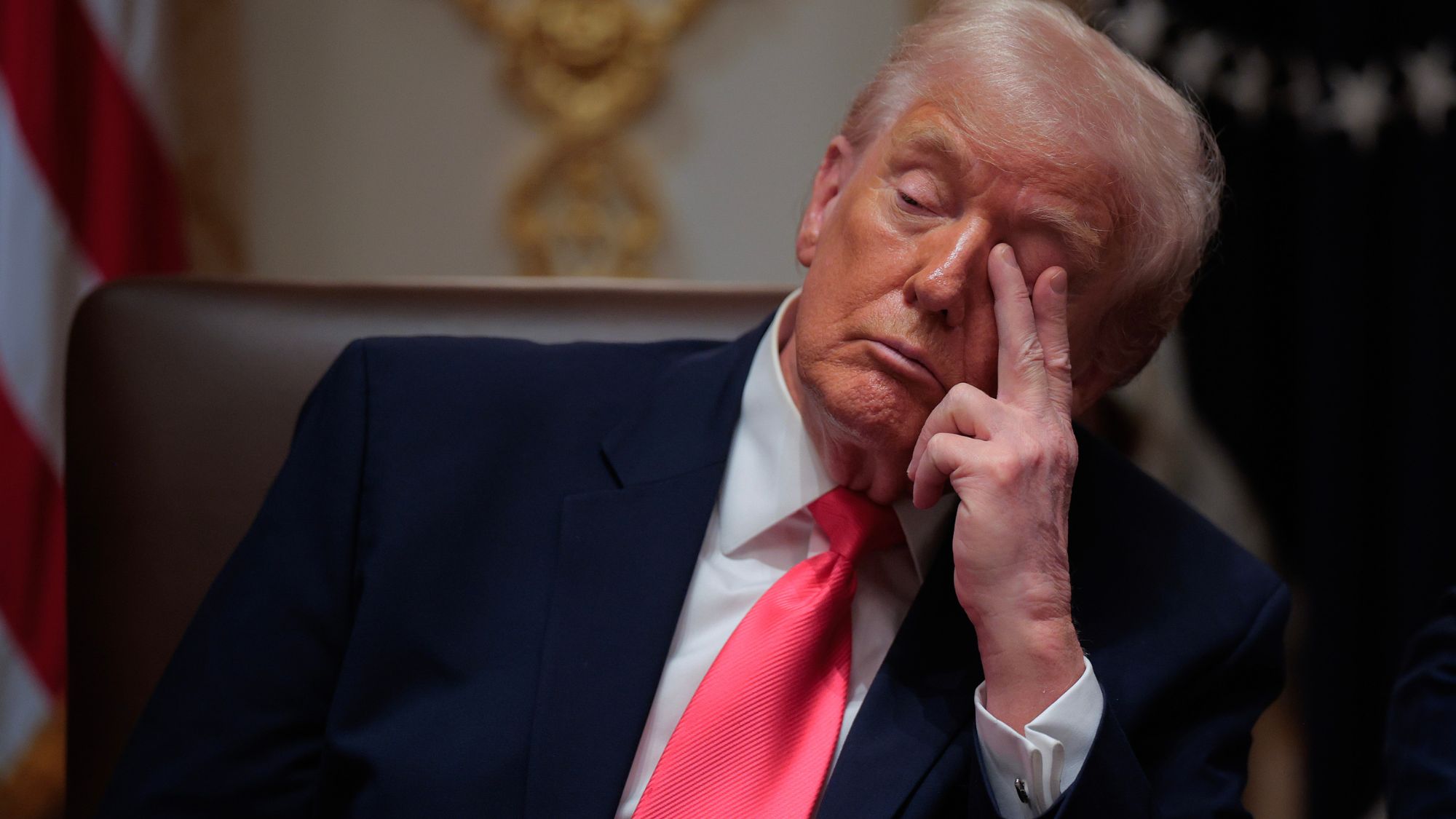 Trump’s poll collapse: can he stop the slide?
Trump’s poll collapse: can he stop the slide?Talking Point President who promised to ease cost-of-living has found that US economic woes can’t be solved ‘via executive fiat’
-
 Sudoku hard: December 7, 2025
Sudoku hard: December 7, 2025The daily hard sudoku puzzle from The Week
-
 Trump tightens restrictions for work visas
Trump tightens restrictions for work visasSpeed Read The length of work permits for asylum seekers and refugees has been shortened from five years to 18 months
-
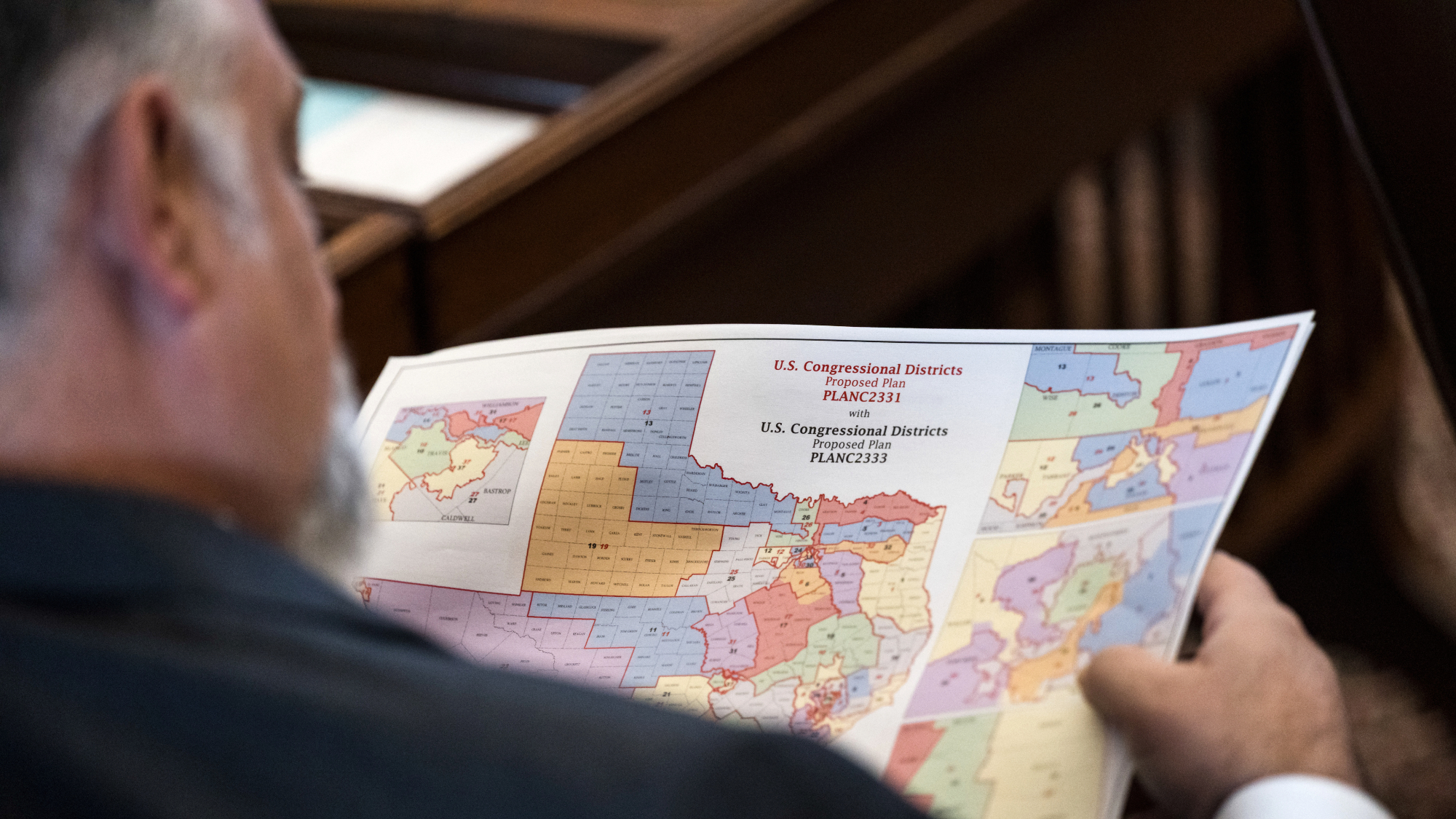 Supreme Court revives Texas GOP gerrymander
Supreme Court revives Texas GOP gerrymanderSpeed Read Texas Republicans can use the congressional map they approved in August at President Donald Trump’s behest
-
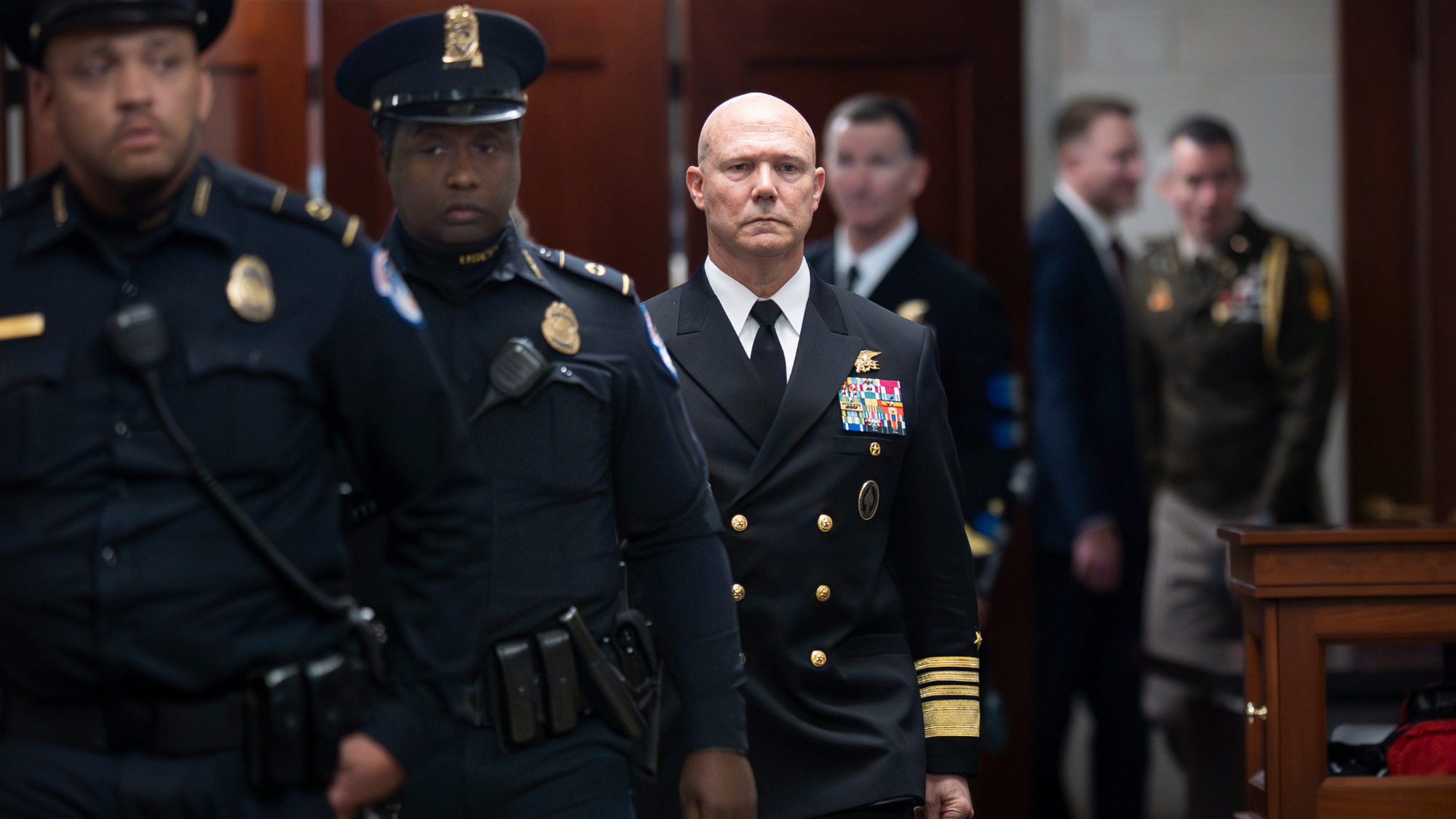 Boat strike footage rattles some lawmakers
Boat strike footage rattles some lawmakersSpeed Read ‘Disturbing’ footage of the Sept. 2 attack on an alleged drug-trafficking boat also shows the second strike that killed two survivors who were clinging to the wreckage
-
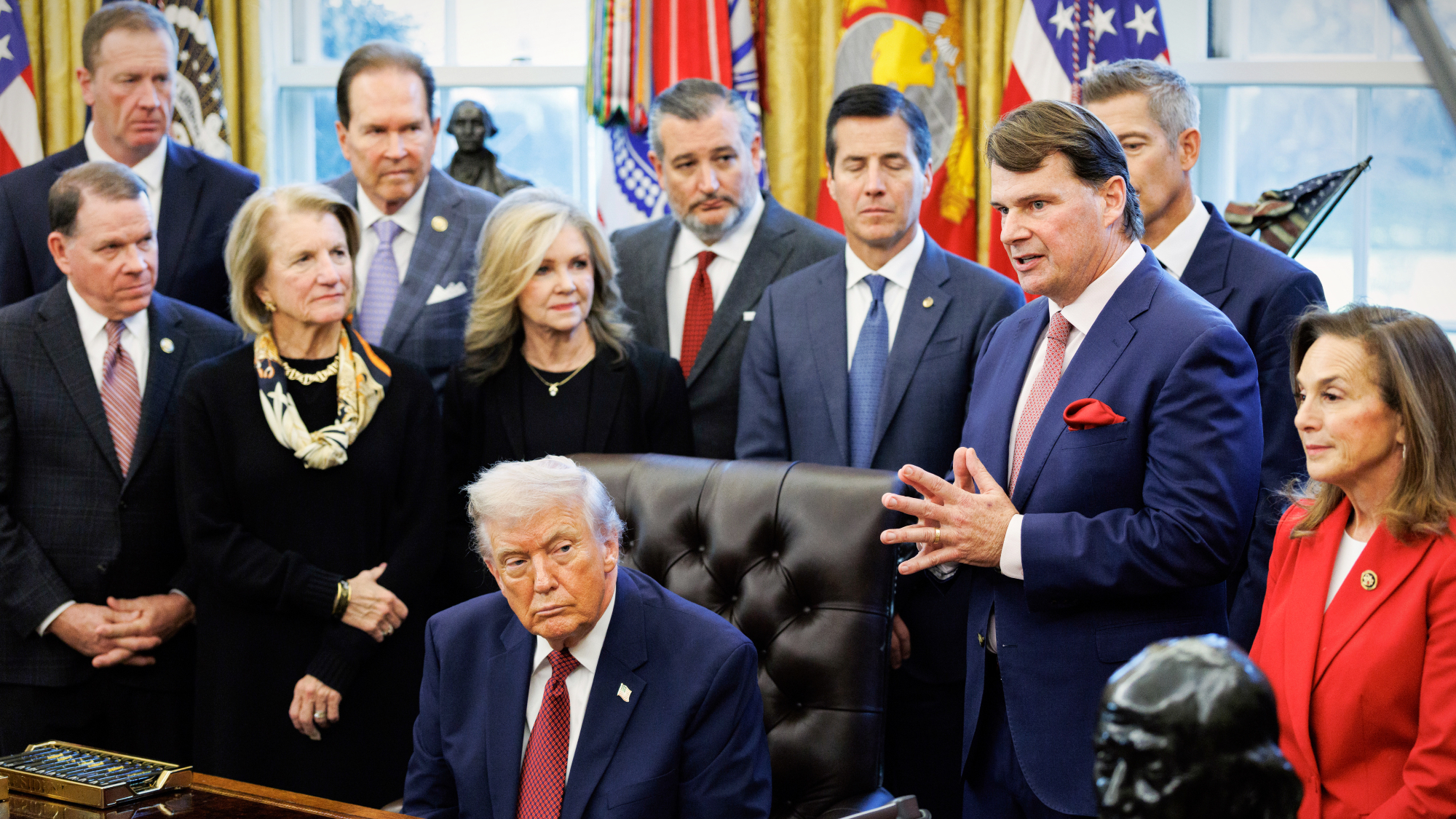 Trump boosts gas cars in fuel economy rollback
Trump boosts gas cars in fuel economy rollbackspeed read Watering down fuel efficiency standards is another blow to former President Biden’s effort to boost electric vehicles
-
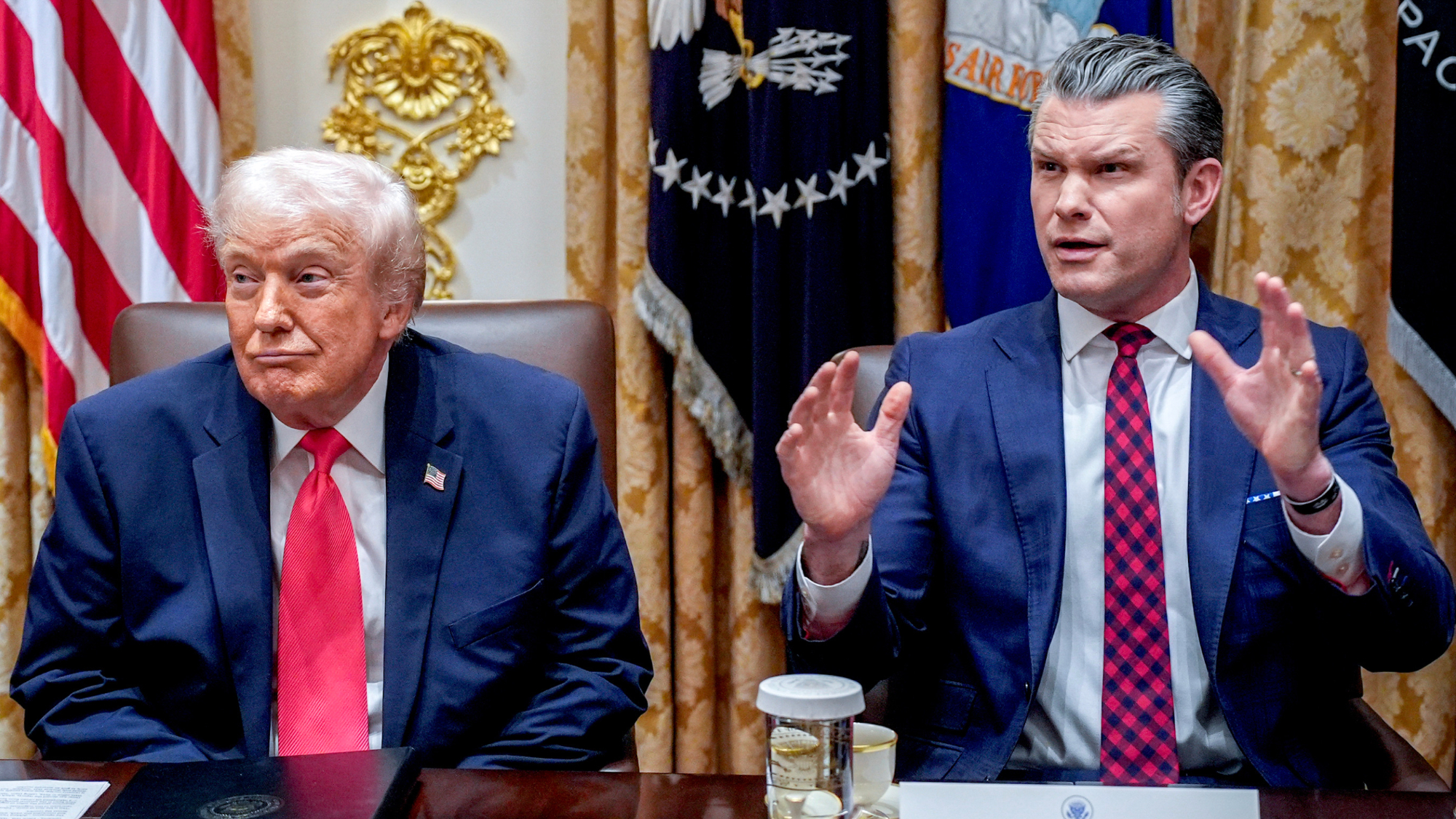 Hegseth’s Signal chat put troops in peril, probe finds
Hegseth’s Signal chat put troops in peril, probe findsSpeed Read The defense secretary risked the lives of military personnel and violated Pentagon rules, says new report
-
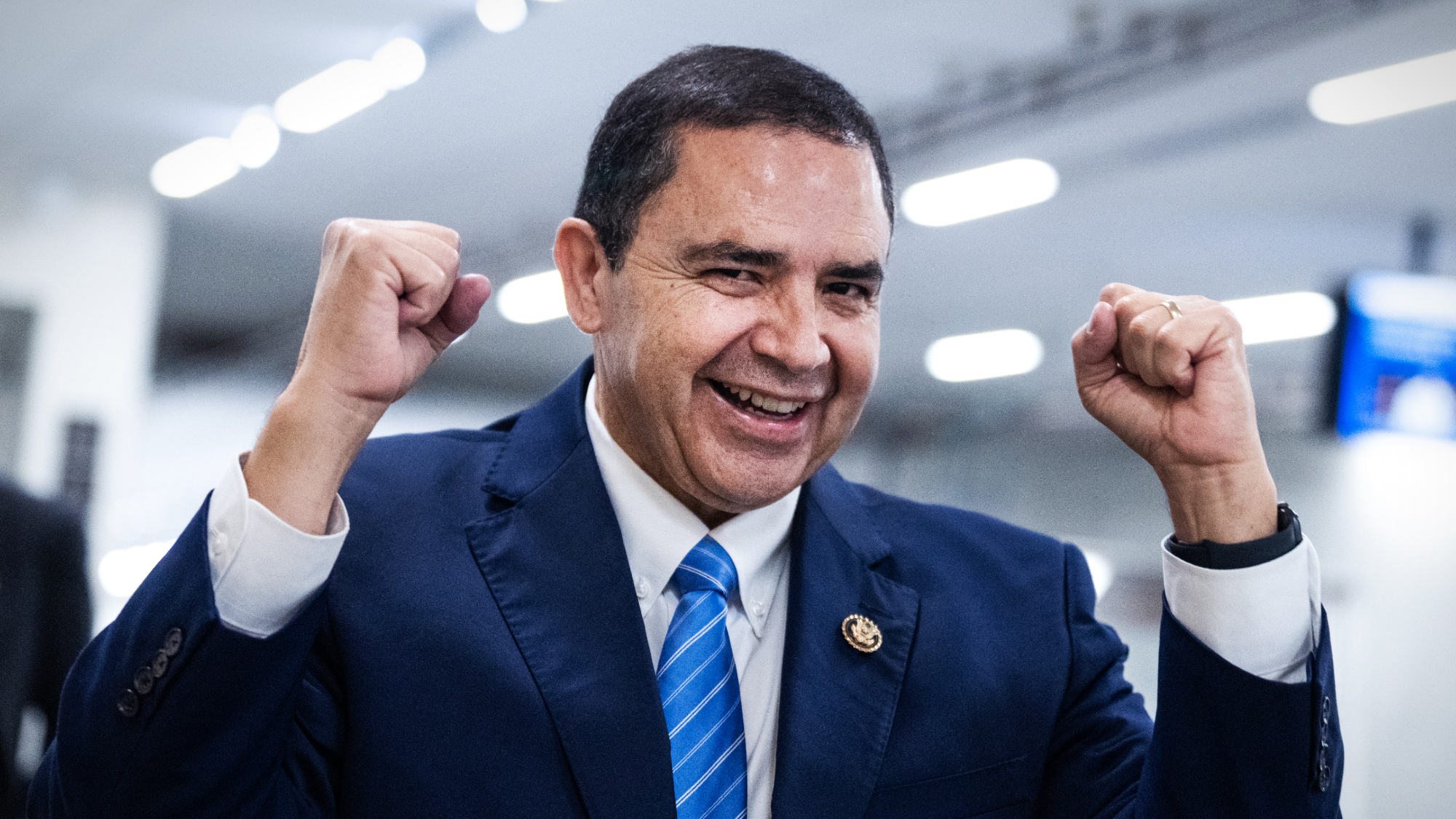 Trump pardons Texas Democratic congressman
Trump pardons Texas Democratic congressmanspeed read Rep. Henry Cuellar was charged with accepting foreign bribes tied to Azerbaijan and Mexico
-
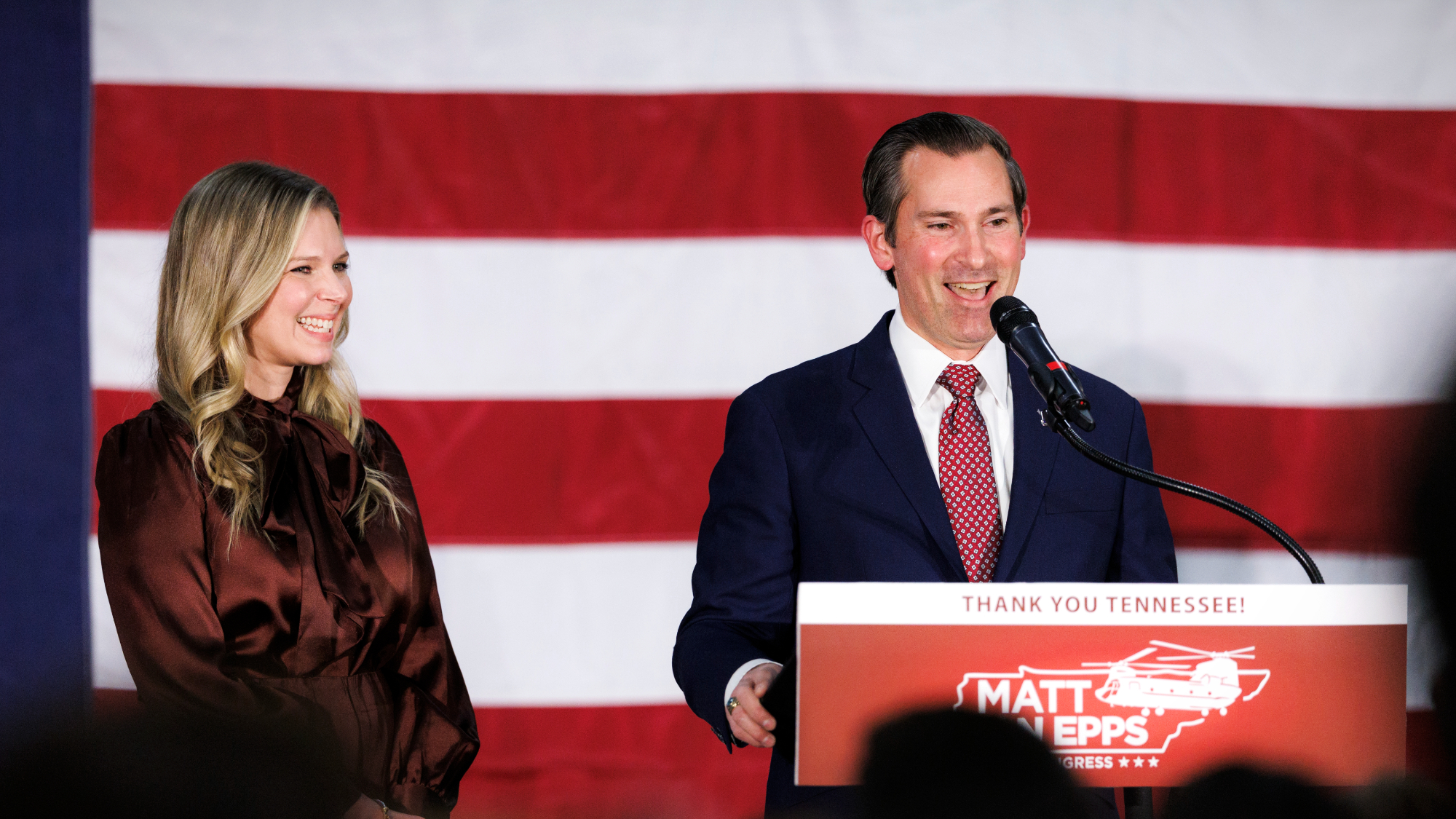 GOP wins tight House race in red Tennessee district
GOP wins tight House race in red Tennessee districtSpeed Read Republicans maintained their advantage in the House
-
 Trump targets ‘garbage’ Somalis ahead of ICE raids
Trump targets ‘garbage’ Somalis ahead of ICE raidsSpeed Read The Department of Homeland Security will launch an immigration operation targeting Somali immigrants in the Minneapolis-St. Paul area